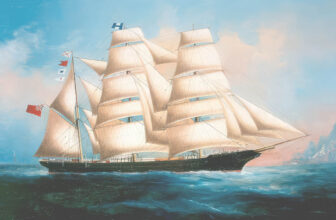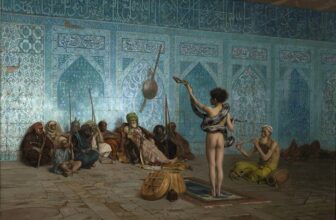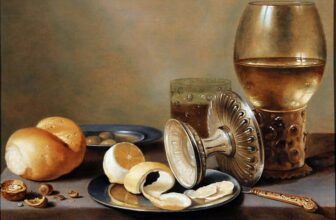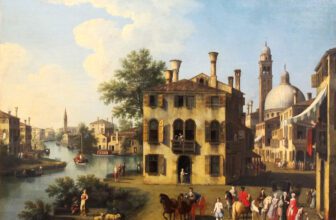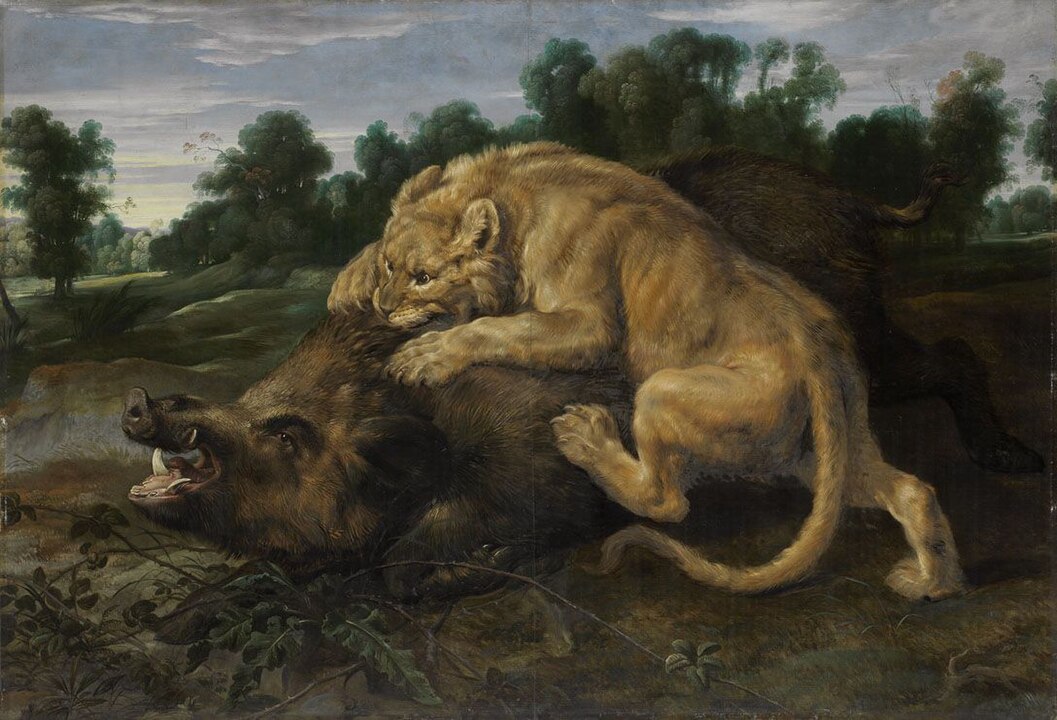
Animal Paintings of the 19th Century
The Rise of Animal Art and the Romantic Spirit Behind It
The 19th century was a period of artistic revolution , a time when the boundaries of creative expression expanded beyond the human form and into the natural world. Among the most captivating genres to flourish during this era were animal paintings, which evolved from scientific illustration and decorative art into a deeply emotional and symbolic form of expression. The rise of animal art in the 19th century reflected not only changing aesthetics but also shifting philosophical ideas about nature, humanity, and the interconnectedness of life. This article explores the development, significance, and enduring appeal of 19th-century animal paintings, delving into the Romantic spirit that shaped their creation.
From Utility to Emotional Expression
Before the 19th century, animal art largely served practical or decorative purposes. In medieval and Renaissance paintings, animals often appeared as symbolic figures , representing virtues, vices, or biblical stories , rather than subjects worthy of independent study. Even during the Baroque and Rococo periods, artists like Frans Snyders or Jean-Baptiste Oudry depicted animals in hunting scenes or still lifes that reflected aristocratic tastes and wealth.
However, by the late 18th and early 19th centuries, Europe experienced a profound cultural shift. The Romantic movement, emphasizing emotion, nature, and the sublime, began to challenge Enlightenment rationalism. Artists and writers turned their gaze toward the wildness of nature , mountains, forests, and the creatures that inhabited them. In this climate, the animal became a symbol of unspoiled nature, raw vitality, and emotional truth.
No longer mere accessories, animals were now central subjects, imbued with personality, dignity, and even spiritual meaning.
The Rise of Animal Art in the 19th Century
The 19th century marked the golden age of animal painting, with dedicated artists emerging across Europe and America who specialized almost exclusively in portraying animals. These painters combined scientific observation with emotional storytelling, producing works that were both realistic and expressive.
1. Britain: The Birthplace of Modern Animal Painting
In Britain, animal painting became a respected genre thanks to artists who captured the vitality and individuality of their subjects.
George Stubbs (1724–1806), though active in the late 18th century, laid the foundation for 19th-century animal art with his anatomical precision and lifelike depictions of horses. His seminal work, The Anatomy of the Horse (1766), reflected both scientific curiosity and artistic mastery.
In the 19th century, Sir Edwin Landseer (1802–1873) brought emotional depth to animal portraiture. His paintings such as The Monarch of the Glen and Dignity and Impudence elevated animals to near-human status, blending realism with sentimentality. Landseer’s art resonated deeply with Victorian audiences who saw animals as embodiments of loyalty, nobility, and moral virtue.
Landseer’s success symbolized a larger cultural shift , the Victorian fascination with animals as companions, symbols of domesticity, and moral mirrors of humanity itself. Dogs, in particular, became recurring motifs representing fidelity, courage, and compassion.
2. France: Romanticism and the Animal Soul
In France, the Romantic movement gave rise to a different kind of animal painting , one that emphasized drama, emotion, and natural power.
Théodore Géricault (1791–1824) and Eugène Delacroix (1798–1863) infused their animal subjects with raw energy, movement, and pathos. Horses in Delacroix’s works were not merely beasts of burden but embodiments of freedom and passion.
Later, Rosa Bonheur (1822–1899) revolutionized animal painting by combining meticulous realism with profound empathy. Her masterpiece, The Horse Fair (1853–55), celebrated the beauty and power of horses with unprecedented scale and vitality. Bonheur’s commitment to studying animals firsthand , often dressing in men’s clothing to gain access to markets and stables , reflected her dedication to authenticity.
Rosa Bonheur became an international icon, earning recognition in both France and Britain. Her success marked a turning point for women artists and underscored the growing respect for animal painting as serious art rather than mere illustration.
3. Germany and the Romantic Sublime
In Germany, the Romantic movement’s fascination with the sublime and spiritual found powerful expression in depictions of animals within landscapes. Artists such as Friedrich Gauermann and Johann Wilhelm Schirmer painted wild animals integrated into mountain settings, exploring the tension between humanity and untamed nature.
These works conveyed more than aesthetic pleasure , they expressed the Romantic longing for transcendence and the spiritual connection between living beings and the divine order of nature.
4. America: The Frontier and the Animal Kingdom
Across the Atlantic, the Hudson River School and later Western painters embraced the animal as a symbol of freedom, wilderness, and the American spirit.
Artists like George Catlin, Albert Bierstadt, and Thomas Moran portrayed bison, horses, and wildlife as integral to the sublime grandeur of the continent. Meanwhile, John James Audubon’s monumental Birds of America (1827–1838) combined scientific observation with aesthetic grace, influencing generations of naturalists and artists alike.
For American audiences, animal art represented not only beauty but also a connection to a disappearing wilderness , a nostalgic reminder of harmony between man and nature before industrial expansion.
The Romantic Spirit Behind 19th-Century Animal Paintings
The emotional power of 19th-century animal art cannot be understood without recognizing the Romantic ideals that shaped it. Romanticism sought to capture the sublime beauty of nature, the intensity of feeling, and the mystery of life beyond human control. Animals, with their instinctual vitality and unspoiled purity, became ideal subjects for expressing these themes.
1. Emotion and Empathy
Where earlier art treated animals as decorative or utilitarian, Romantic artists painted them with psychological depth. A dog’s mournful eyes, a horse’s gallop, or a lion’s roar became expressions of emotion akin to human feeling. This growing empathy toward animals mirrored a broader cultural shift , the rise of animal welfare movements and moral reflection on humanity’s treatment of nature.
Paintings by artists like Landseer and Bonheur encouraged viewers to see animals as sentient beings, capable of emotion, loyalty, and suffering. This emotional identification marked a profound change in human consciousness during the 19th century.
2. Nature as a Reflection of the Divine
Romantic artists viewed nature , and by extension, animals , as manifestations of the divine spirit. The wild horse, the majestic stag, or the soaring eagle symbolized spiritual freedom and the unrestrained force of creation.
In works like Delacroix’s Arab Horses Fighting in a Stable, the struggle of animals conveyed not only physical motion but also cosmic energy , the eternal dance of life and death. Such imagery resonated with the Romantic belief that art should reveal the mystical unity between all living beings.
3. Symbolism and the Human Condition
Animals in 19th-century painting often carried symbolic meanings reflecting human virtues and vices. The faithful dog, the proud lion, or the fragile bird each embodied aspects of the human soul. This symbolic layer made animal art both personal and universal, allowing artists to explore complex moral and emotional themes through non-human subjects.
Techniques and Styles: The Craft of Animal Art
The success of 19th-century animal painting also stemmed from technical innovation. Artists combined realistic anatomy with expressive composition to create works that were scientifically accurate yet emotionally compelling.
Observation from life: Artists like Stubbs and Bonheur conducted detailed anatomical studies, sometimes dissecting animals or sketching them in markets and farms.
Dynamic composition: Romantic artists used sweeping lines, dramatic lighting, and vibrant color contrasts to capture motion and vitality.
Integration with landscape: In many works, animals were not isolated but harmonized within broader natural settings, reinforcing the Romantic vision of unity between creature and environment.
This blend of precision and passion defined the aesthetic language of 19th-century animal art, bridging realism and emotion.
Legacy and Influence
The impact of 19th-century animal painting extended far beyond its own time. It influenced not only academic art but also modern wildlife art, illustration, and even photography. The emotional realism pioneered by artists like Landseer and Bonheur can be seen in contemporary animal portraiture and conservation art today.
Moreover, the 19th-century fascination with animals helped lay the cultural groundwork for the animal rights movement and modern environmental awareness. By portraying animals as conscious, emotional beings, artists challenged viewers to reconsider humanity’s relationship with nature.
Even in the age of digital media, the Romantic spirit of 19th-century animal art endures , reminding us of the beauty, dignity, and mystery of the living world.
The Enduring Beauty of the Romantic Animal
The animal paintings of the 19th century stand as some of the most evocative and humanistic works in art history. They reflect a world in transition , from industrialization to introspection, from domination over nature to reverence for it.
Through their brushstrokes, artists like Landseer, Bonheur, and Delacroix gave animals voices of emotion and symbols of the sublime. Their works continue to speak to our shared yearning for connection , between species, between body and spirit, and between humanity and the natural world.
In the end, the rise of animal art in the 19th century was more than an artistic movement; it was a spiritual awakening. The Romantic spirit behind these paintings reminds us that every creature, wild or domestic, carries within it a reflection of our own humanity , a mirror to the timeless bond between life, art, and the soul of nature.
